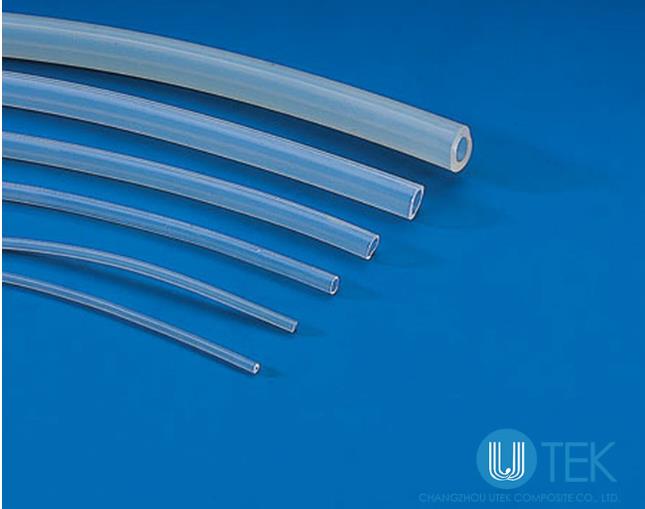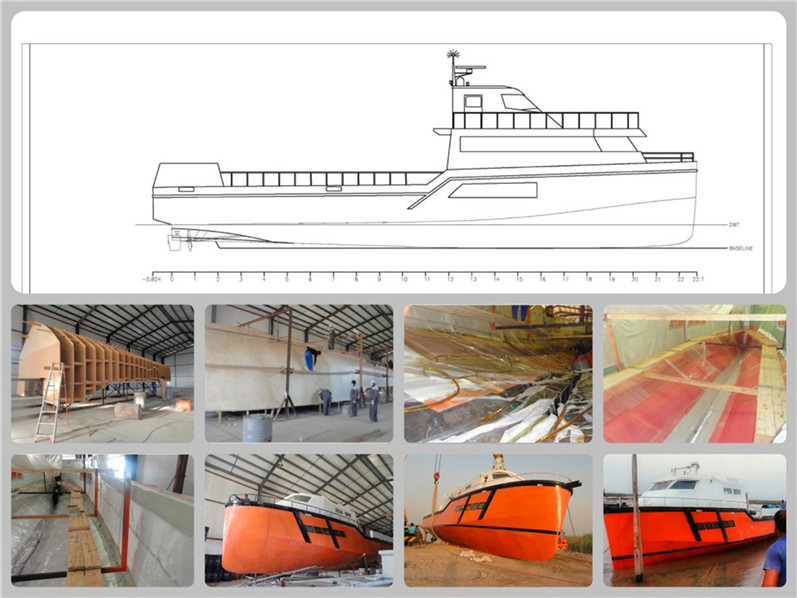Spiral tube Construction Technology: Cost-Effective Solutions for Underground Pipelines
Spiral tube technology has been around for decades, providing efficient and reliable solutions for various industries. Among these applications, spiral tubes are used in underground pipelines for fluid transport. Spiral tube construction offers several advantages over traditional pipe construction techniques, including lower material costs, improved durability and shorter installation times. As the demand for more cost-effective and sustainable infrastructure continues to rise, spiral tube construction techniques are becoming an increasingly popular choice for underground pipeline projects.

The spiral tube construction process involves forming flat metal plates into a spiral or helix shape, which is then welded and sealed to form a continuous pipe. This technique not only reduces the amount of material required, but also provides excellent structural integrity, making it ideal for underground pipelines. Spiral tube can be manufactured in a variety of sizes and materials depending on the specific requirements of the project.
Key advantages of using spiral tube construction for underground pipelines:
(1) Cost-effectiveness.
Reduced material costs and shorter installation times result in significant savings compared to traditional pipeline construction methods. In addition, the light weight of spiral tube makes it easier and more economical to transport and dispose of. The durability of spiral tube also means that less maintenance and repair work is required over time, resulting in further cost savings.
(2) Versatility.
Spiral tubes can be used in a range of applications, from transporting water and oil to gas pipelines, industrial fluids, and even sewage systems. Their ability to withstand high pressures and corrosion makes them ideal for use in harsh environments, such as chemical plants and refineries.
In addition to their cost-effectiveness and versatility, spiral tubes have several other advantages that make them attractive for underground pipeline construction. For example, their smooth inner surface reduces friction and turbulence, which improves fluid flow efficiency. The spiral pattern also enhances the flexibility of the pipes, allowing them to bend and contour along the terrain, thereby reducing the need for additional fittings and connectors.
Spiral tube construction technology is increasingly being used in underground pipeline projects around the world for its many benefits. Recently, a major oil and gas company turned to spiral tube construction for a new pipeline project in the Middle East. The project required the transportation of oil over several challenging terrains, including steep slopes and rocky terrain. Using spiral tube construction, the company was able to reduce material costs by more than 30 percent, while cutting installation time by nearly 50 percent. In addition, the durability of the spiral tube ensured that the pipeline lasted longer, reducing maintenance costs in the long run.
Another example of the effectiveness of spiral tube construction technology can be seen in a recently completed project in Europe. The wastewater treatment plant needed a new piping system to transport wastewater to different areas of the facility. The spiral tube construction was chosen because of its ability to handle corrosive materials and withstand high pressures. The smooth inner surface of the pipe also reduces the risk of clogging and blockages, thus increasing the efficiency of fluid flow. The use of spiral tube construction saves more than 25% in material costs and reduces installation time by nearly 40%.
In short, spiral tube construction technology offers a cost-effective, versatile and reliable solution for underground pipelines. Its reduced material costs, increased durability and faster installation times make it an attractive option for infrastructure projects around the world. As the demand for more sustainable and cost-effective infrastructure solutions continues to grow, we can expect to see more widespread adoption of spiral tube construction technology in the coming years. For more detailed information, feel free to contact us!


















